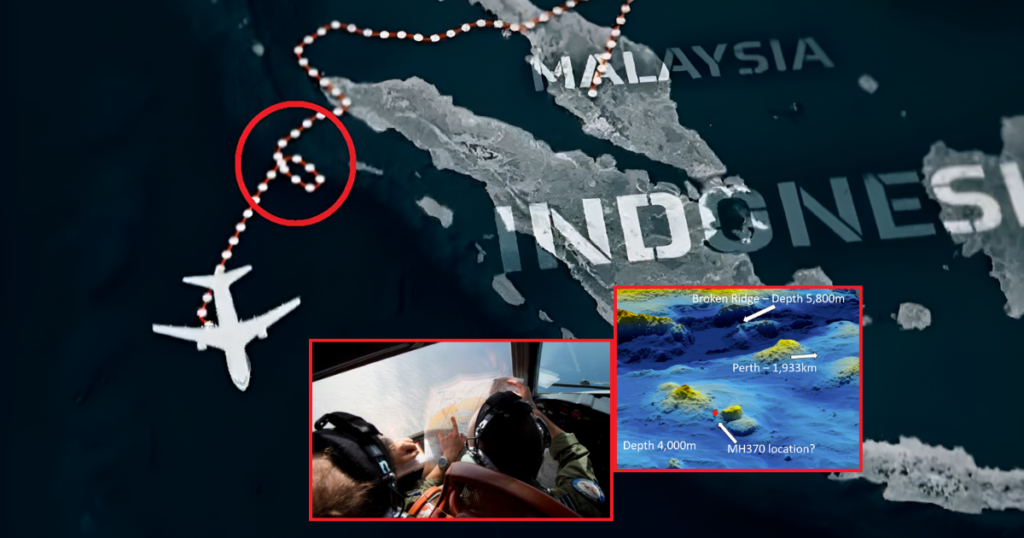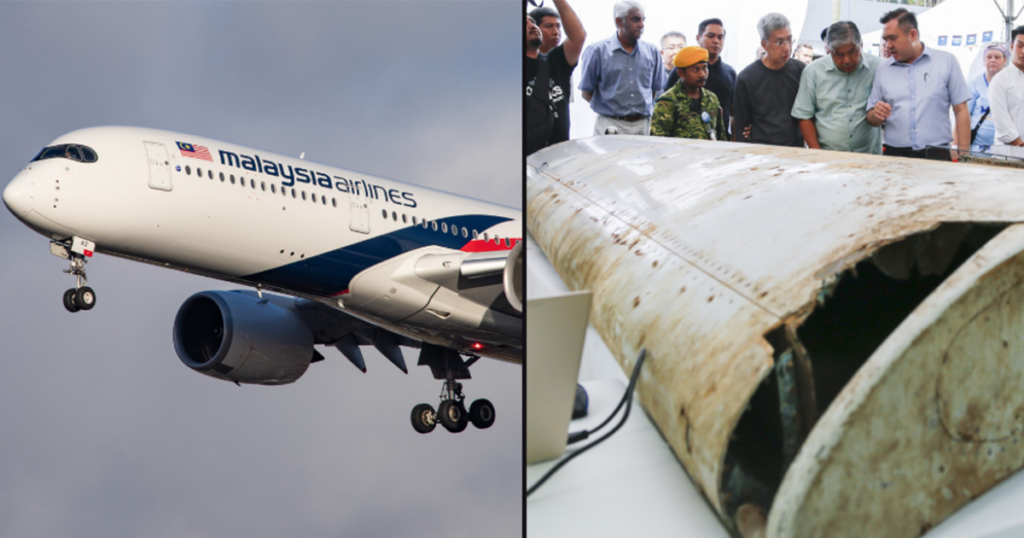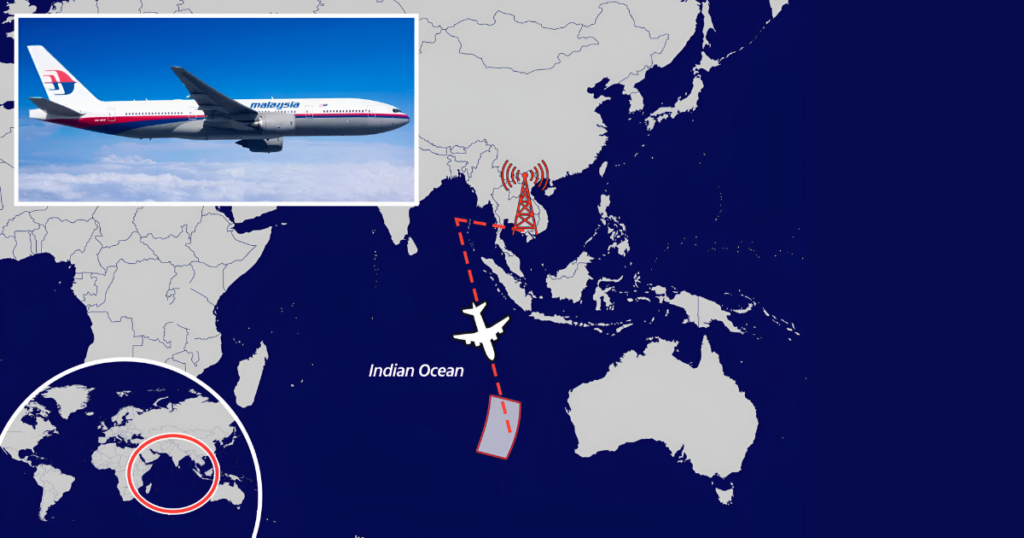Scientists FINALLY Found the Location of Malaysia Flight 370—What They Discovered Will Leave You Speechless!
On March 8, 2014, Malaysia Airlines Flight MH370 mysteriously vanished from radar screens, carrying 239 passengers and crew members. The Boeing 777-200ER was en route from Kuala Lumpur to Beijing when it lost contact with air traffic control. Despite extensive international search efforts, no trace of the main wreckage was found—until now.


1. The “Ghost Flight” Theory (Most Likely)
The plane experienced a gradual loss of cabin pressure, rendering the crew and passengers unconscious due to hypoxia (lack of oxygen). The aircraft, still on autopilot, continued flying until it ran out of fuel and crashed into the ocean.
2. Pilot-Initiated Event (Highly Controversial)
Some experts believe the disappearance was intentional, possibly a controlled ditching by Captain Zaharie Ahmad Shah. However, there is no concrete evidence to support this claim.
3. Mechanical Failure or Electrical Fire
Another theory suggests that a catastrophic electrical failure disabled communication systems, preventing the crew from sending distress signals. However, this does not explain the aircraft’s deviation from its planned flight path.
4. Cyber Hijacking
Although unlikely, some believe that MH370’s navigation system was hacked remotely, forcing it off course. However, aviation experts have debunked this theory due to the complexity of aircraft security systems.

The search for MH370 was one of the most challenging in aviation history, and there are several reasons why it took nearly a decade to locate the wreckage.
1. Lack of Real-Time Tracking
Unlike modern aircraft, MH370 did not have continuous tracking via GPS or real-time data transmission.
It relied on Inmarsat satellite pings, which provided only rough estimates of its location.
2. Immense Search Area
The Indian Ocean is one of the deepest and least explored bodies of water on Earth.
Search efforts were complicated by harsh weather conditions, strong ocean currents, and limited visibility.
3. Misdirection and Conflicting Data
Early search efforts focused on the South China Sea, based on initial radar readings.
The shift to the Indian Ocean came weeks later, causing a crucial delay in locating the crash site.